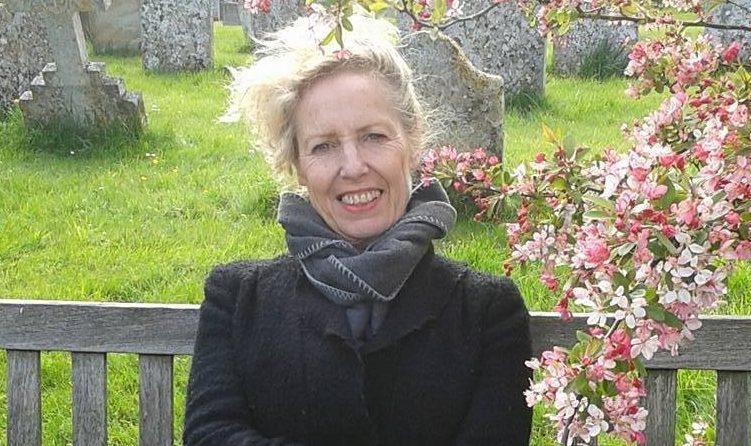
DECIDING to have two holes drilled in your skull and electrodes implanted in the middle of your brain isn’t something you do lightly.
But Carole Thorpe-Gunner felt it was her only remaining option.
Carole is one of 70,000 people in the UK living with dystonia, a neurological movement disorder in which faulty signals from the brain cause muscles to spasm and pull on the body incorrectly.
While it isn’t life-limiting, there is no cure.
In severe cases such as Carole’s, though, deep brain stimulation can stop it progressing and provide some relief.
“My dystonia is quite severe,” says Carole (61), who’s originally from Yorkshire, but is now settled in Shropshire.
“Usually when dystonia presents later in life, it stays in one area, while childhood dystonia is more likely to spread.
“I was unlucky because mine came on about 12 years ago.
“It started in my neck — which is the most common version of it — so my neck pulled over and I shook a little bit, but it progressed quite quickly.
“It spread down my right-hand side into my torso, so my whole torso twists round to the right.
“When I start to move forward, my body starts to twist round from the base of my back so it’s like a corkscrew.
“The more tired you become, the more it will do it,” Carole adds.
“Chronic fatigue is a big factor with dystonia because your body is doing unnatural things all the time, and you’re fighting to make it work because your muscles are working against one another.
“It’s painful, and I got to a point where I couldn’t propel myself forward because my body was fighting against me,
“It still does even though I’ve got the deep brain stimulator now.”
This is a tiny implant, also known as a “brain pacemaker”, which gives little electric shocks into the basal ganglia, the part of the brain responsible for controlling movement.
“I’ve got three daughters and they were all going through various exams when all this was happening with me so it was stressful,” says Carole, a former art teacher and sculptor.
“For me, it was the last option.
“As I got worse, I could see my family having to put up with a deteriorating mother.
“I wanted to be there for them as best I could, and by this stage, the botulinum toxin injections which numb the muscles had stopped working for me.
“Since I’ve had the deep brain stimulator, my condition varies,” Carole explains.
“It’s 50% better generally than it was, but I still can’t cross the road without turning the whole of my body round to the right.
“And my husband thinks I’m making this up, but washing-up is problematic because I find it difficult to twist round to the right to put the dishes down!
“People are unfamiliar with dystonia and that’s a problem,” Carole adds.
“It is quite visible and it can be embarrassing because you think: ‘Why can’t I hold this tray or this cup of tea?’ or: ‘I can’t eat in front of people.’
“Sometimes people look at you in the shop when you’re struggling with your change and you’re shaking a bit and faffing about.
“It can be really socially restricting.”
If I saw someone with dystonia, my first guess would be either cerebral palsy or Parkinson’s.
“It’s not an easy one to spot,” Carole agrees.
“It’s often mistaken for one of those, or even a psychological issue.
“Two years is the average time to get a definitive diagnosis, and that’s how long it took me, but it could be a lot more.
“Ultimately, you need to be referred to a neurologist, but if the GP doesn’t suspect what it is, you won’t actually get that.
“There are several different dystonias, and sometimes people’s eyes are affected and they just clamp shut like my friend’s which means you lose your independence and can’t drive because it can happen at any time.
“I’m constantly aware of it, but sometimes in the morning if I have more energy, I can do more and I’ll try to walk fast because if I do that it’s like it’s not giving my body a chance to disobey!”
Carole now has a new grandson who’s just two months old.
She says: “I have to pace myself and I can’t help as much as I’d like to, but I can hold him and I can be there for my daughter, which I would not have been able to do before the operation.”
For more information visit www.dystonia.org.uk or phone their helpline on 020 7793 3650.

Enjoy the convenience of having The Sunday Post delivered as a digital ePaper straight to your smartphone, tablet or computer.
Subscribe for only £5.49 a month and enjoy all the benefits of the printed paper as a digital replica.
Subscribe